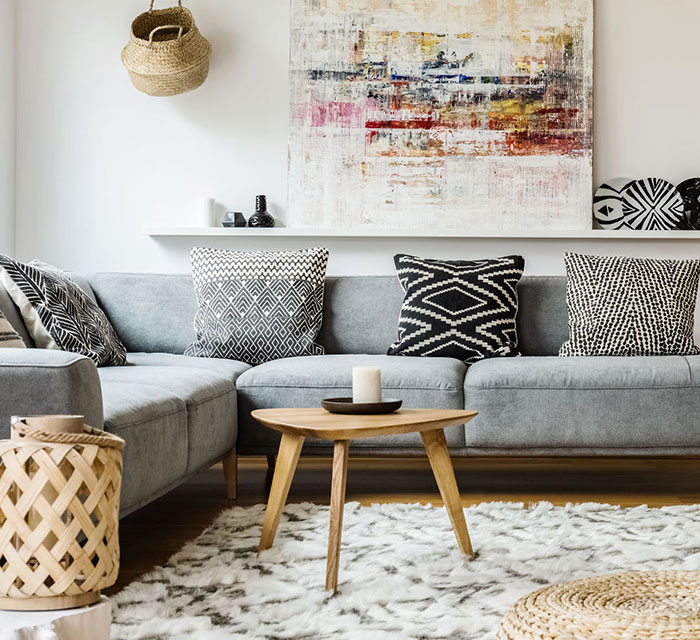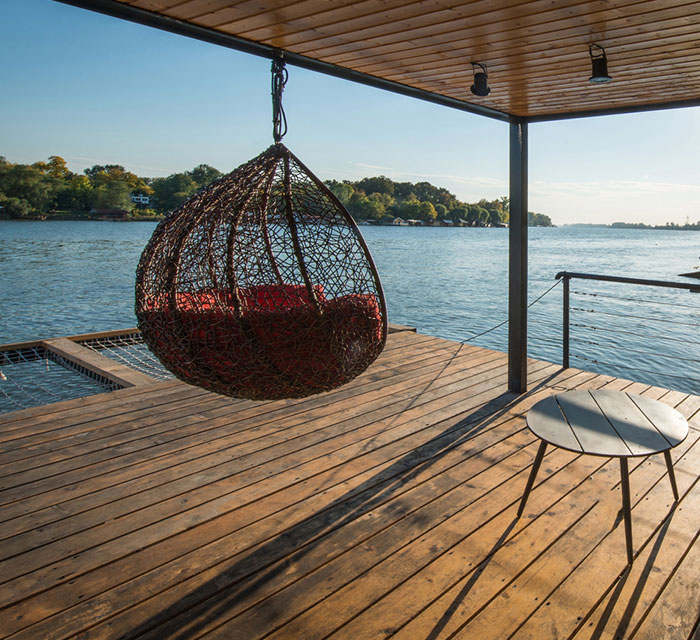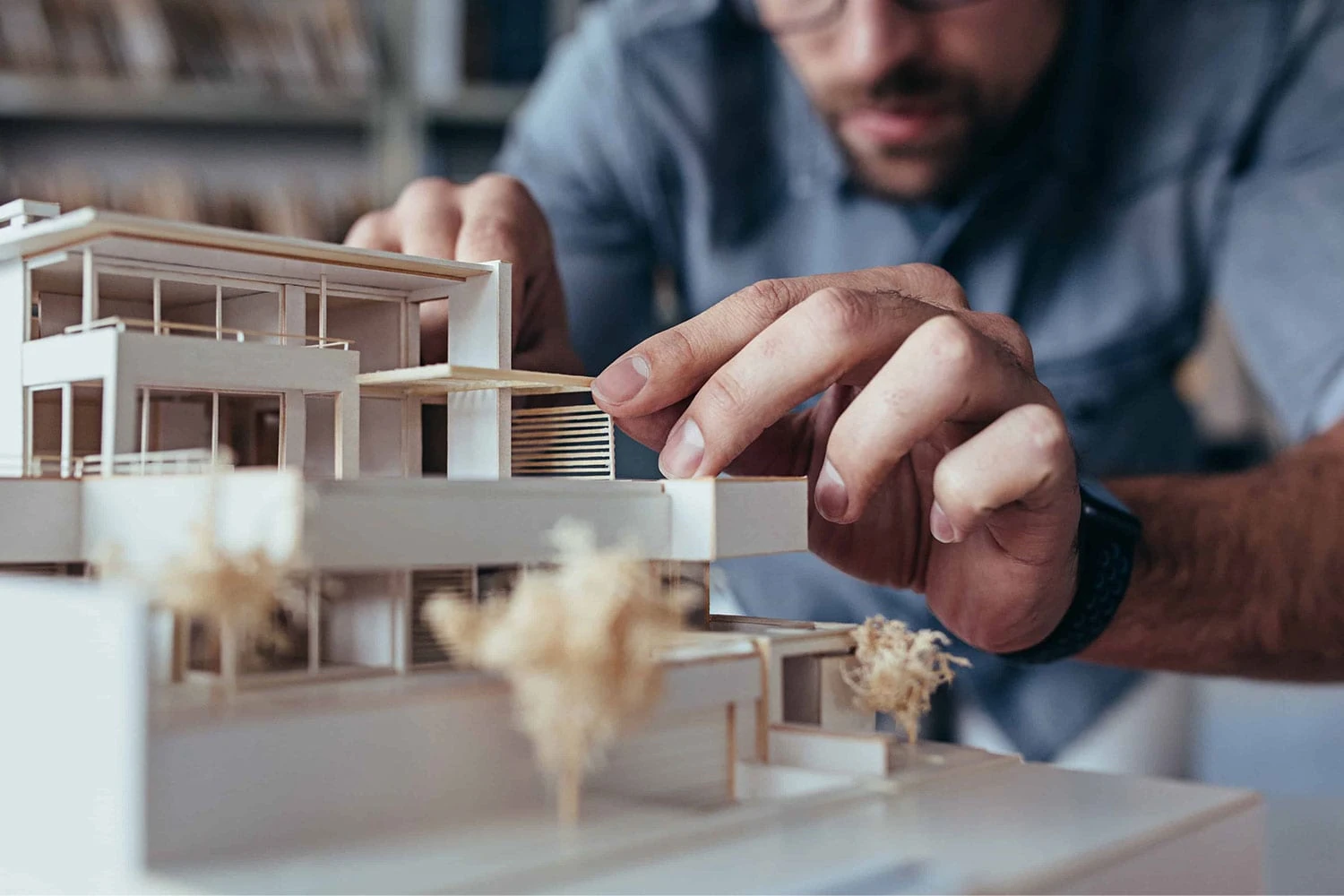Designing a website that not only stands out but also helps convert visitors into leads is crucial.
In today’s digital age, a professional website is the cornerstone of any successful real estate business. Buyers, sellers, renters, and investors all turn to the internet when making important real estate decisions. Whether you’re a solo agent, a real estate team, or a full-scale agency, your website will be the first impression potential clients get. Therefore, designing a website that not only stands out but also helps convert visitors into leads is crucial. Here’s how to design a website that works for your real estate business.
1. Set Clear Goals for Your Website
Before diving into the design process, it’s essential to define the goals of your website. Do you want to generate leads, showcase listings, build brand authority, or offer real estate advice? Your goals will influence the design and functionality of your website.
For instance:
-
If your goal is to generate leads, you will need a focus on clear CTAs (calls to action), lead capture forms, and a strong contact page.
-
If you’re looking to showcase listings, the layout and property search functionality will be crucial.
Understanding what you want to achieve will guide you in making informed decisions during the design phase.

2. Choose a Clean, Professional Design
First impressions matter. Your website needs to look professional, modern, and easy to navigate. You want potential clients to feel confident in your services from the moment they land on your site. Here’s how to achieve a clean, professional design:
-
Simple, Intuitive Navigation: Visitors should be able to find what they’re looking for without confusion. Your navigation should include categories like “Buy,” “Sell,” “Rent,” “About Us,” and “Contact.”
-
Brand Consistency: Your website should reflect your real estate business’s branding—colors, logo, and fonts should be consistent with your offline marketing materials for cohesive branding.
-
Responsive Design: Ensure your website adapts to various screen sizes, especially since many people use mobile devices to search for properties.
-
Avoid Clutter: Keep the design clean and straightforward. Too many elements can overwhelm visitors and reduce usability.
“The true essence of architecture lies not in its materials, but in the connections it creates—between people, place, and purpose.”
Matt Mullenweg, 2017
3. High-Quality Images and Videos
Real estate is a highly visual industry, so the images you display on your website must be high-quality and relevant. Buyers and renters want to see what they’re getting, and good photos are crucial in making a lasting first impression.
-
Professional Photography: Hire a professional photographer or invest in high-quality camera equipment to ensure your property photos are crisp, clear, and inviting.
-
Virtual Tours & Videos: Virtual tours and video walkthroughs can significantly enhance your property listings. They give potential clients an immersive experience, allowing them to explore the property from the comfort of their home.
-
Property Gallery: Include a gallery for each listing with multiple photos showcasing key features (bedrooms, bathrooms, kitchens, living areas, outdoor spaces, etc.). High-definition images can create a better visual experience for visitors.
4. Property Search Functionality
One of the most important features of any real estate website is the property search functionality. Buyers need a simple way to filter listings based on their preferences, such as:
-
Price range
-
Number of bedrooms and bathrooms
-
Location (neighborhood, city, or region)
-
Property type (house, apartment, commercial, etc.)
Ensure the property search is easy to use, and include filtering options so visitors can narrow down their search based on their needs. The search bar should be prominently placed and accessible on all pages to ensure a smooth user experience.





